
Published: Last Updated:
Readtime: 9 min
Every product is carefully selected by our editors and experts. If you buy from a link, we may earn a commission. Learn more. For more information on how we test products, click here.
Despite what you might think, tasting whisky is more than simply taking a big gulp, swallowing it, and exclaiming to your mates that it “sure is smooth”. In reality, it’s a subtle art. You want to ensure that all flavour notes are evenly distributed, the nose is ripe, and (perhaps most importantly) you actually enjoy it. Slow down, take your time, and let the aged spirit impart its years of wisdom on your palate. Beyond that, there are three things to remember if you want to taste whisky like a professional.
The first is that whisky is far more complex than you may have realised, comprising a multitude of different processes and steps. The second is that once you learn the steps, you’ll enjoy whisky more, and your palate will broaden. That will inevitably lead you to a point of exploration, opening the door for different styles of whisky. Perhaps you have never tried bourbon, or maybe you thought single malt Scotch whisky wasn’t for you. Learning to taste whisky will help you better differentiate and ultimately appreciate the varying aromas and flavours in each respective whisky style.
Finally, you’ll learn that tasting whisky the way distillers, blenders, and bartenders intended is actually a lot of fun. Being able to articulate the complexities of varying whisky styles accurately gives you a better foundation of knowledge to draw from, and who knows, you might even impress a few mates when you explain the intricate aromas and flavours of their favourite drams.
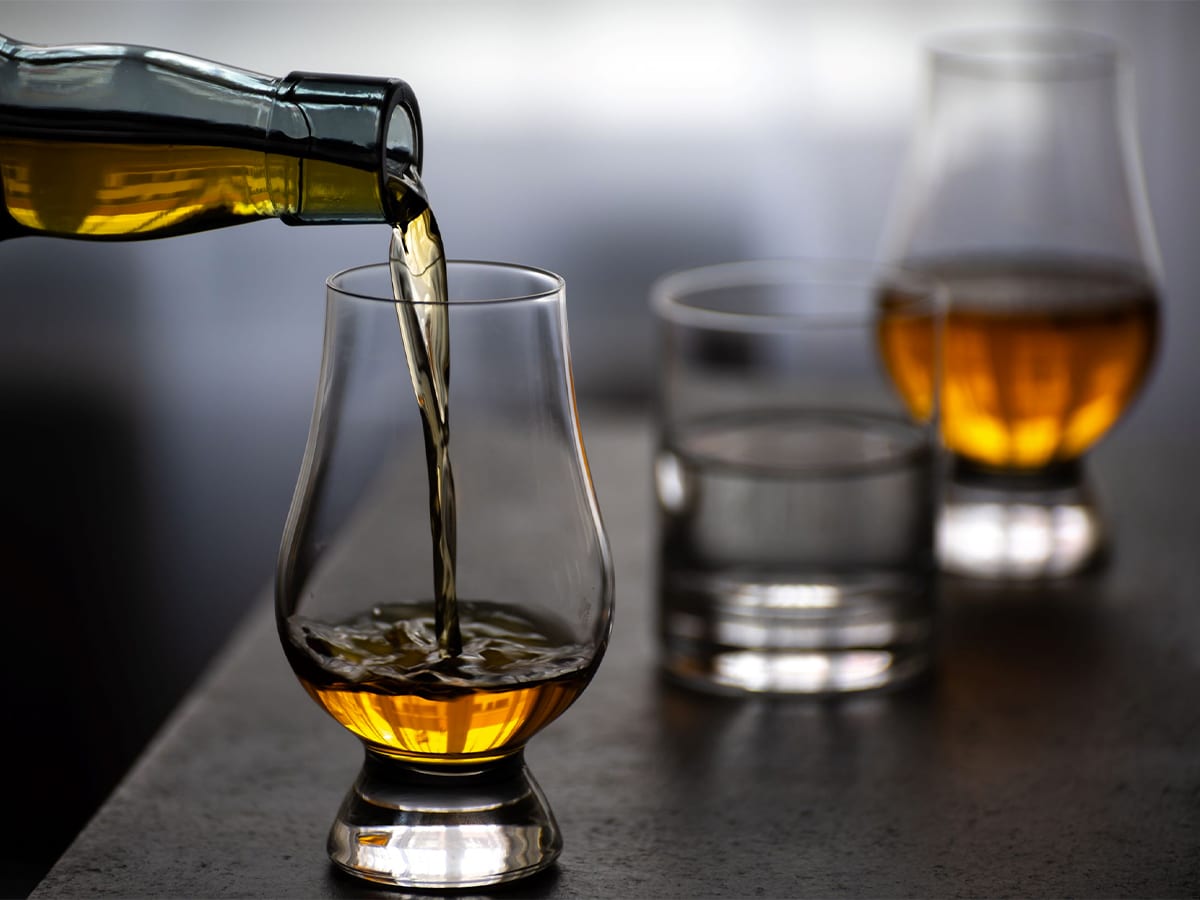
What You’ll Need to Taste Whisky
- A fresh bottle of whisky
- Glencairn whisky glass
- Water
- Time
It goes without saying, but a bottle of whisky is required. To truly unpack the full gamut of aromas, it will be best to start with a fresh, unopened bottle. Sealed bottles are resistant to oxidation, meaning that they are less susceptible to outside conditions and climatic influences. While it won’t necessarily be a direct reflection of how it was bottled in the distillery, it will undoubtedly be closer than a bottle that has been sitting half-drunk in your old man’s liquor cabinet.
From there, grab a Glencairn whisky glass. This glass, created with a wide, round bottom and narrow top, is perfect for swirling and slow sipping. Originally used by master blenders and distillers for nosing and tasting, the glass’s shape is designed to enhance the overall experience from start to finish. As heat and alcohol vapours rise, the narrow opening at the top focuses the aromas, providing a more robust and intense concentration of elements, allowing you to better take in the nose. If you don’t have a Glencairn whisky glass, fear not. A rocks glass, albeit less ideal, will work fine for these purposes in a pinch.
Whisky Tasting Steps
As all distillers will tell you, a lot of work went into crafting the whisky you’re about to drink. In the case of single malt whisky, it requires malting, mashing, fermentation, distillation, and a lot of time. Sure, you can enjoy a white whisky (like moonshine) that’s been un-aged and goes straight into a bottle after being proofed down, but there’s a certain romance and culture associated with a spirit that has been matured in charred oak barrels.
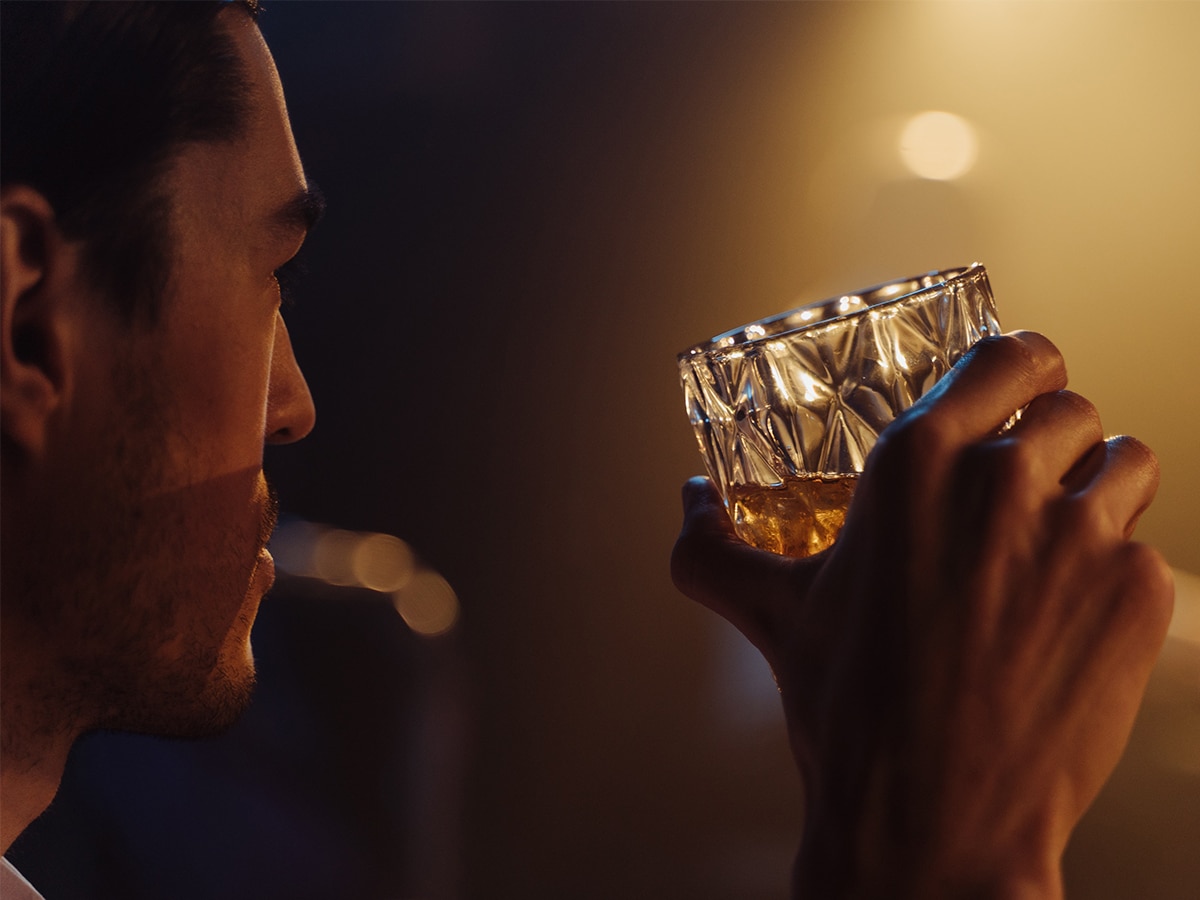
The Appearance
With that in mind, it’s important to use all your senses when you taste whisky. While smell and taste are critical to the experience, the first step actually centres around sight. Take a moment to assess the colour and appearance of the whisky.
This can go a long way in telling us how old the whisky is. As a general rule, light amber spirit represents a younger whisky, while dark caramel often means you’re looking at something that spent longer maturing. For reference, the longer a spirit spends in a barrel, the darker the colour, not to mention the more nuanced and oak-forward the flavour profile.
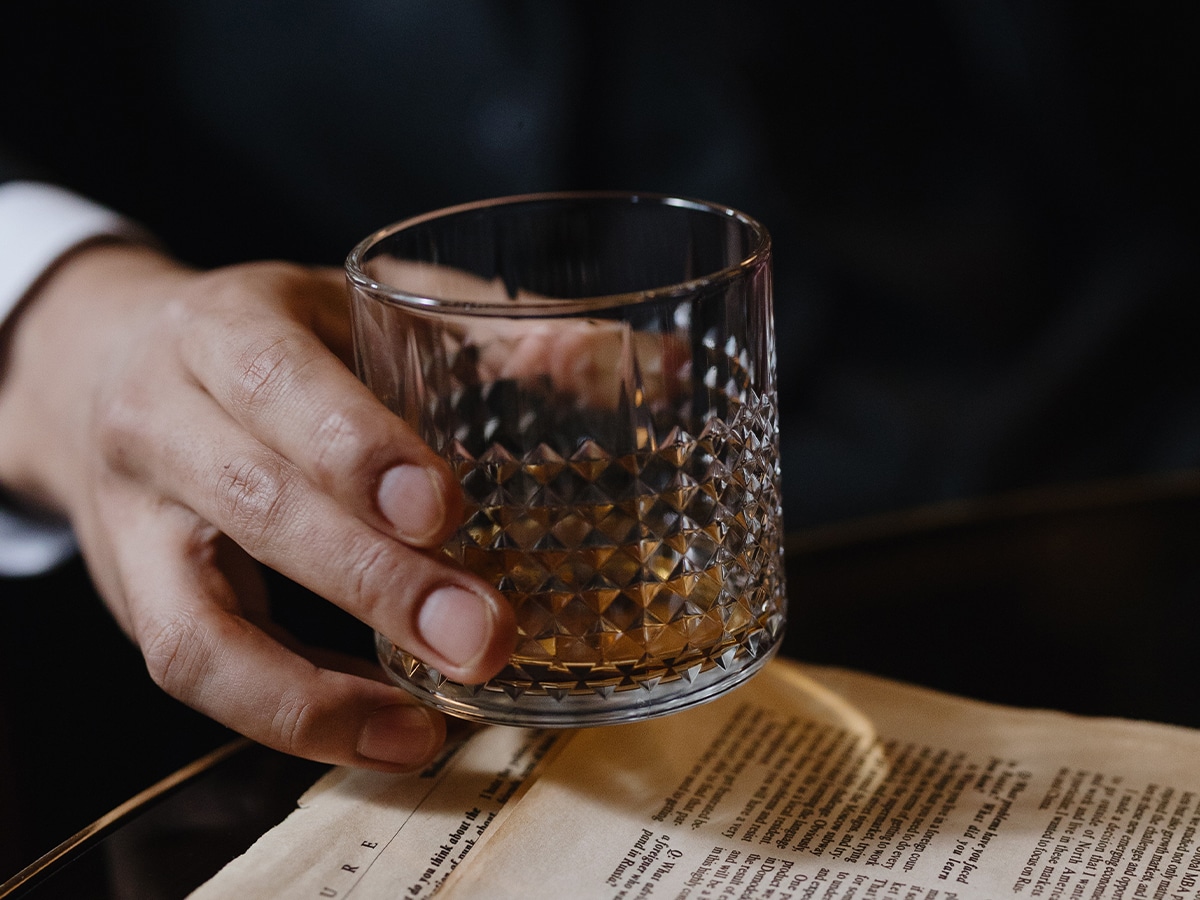
The Swirl
Once you have assessed the overall colour and clarity of the whisky, hold up the glass and give it a little swirl. While it might seem a little silly, this process helps you gauge the whisky’s viscosity. Rich and dark single malts generally aim for an oily, highly viscous finish, as that indicates a strong and thick mouthfeel.
When you swirl, watch the whisky cling to the side of the glass and slowly work its way back down. These streaks are referred to as the whisky’s legs. The longer it takes for the legs to slide back, the creamier or silkier the mouthfeel.

The Nose
It’s important to take in the aromas of the whisky before your first sip, and getting the most out of this experience is a bit of a science. As whisky contains a rich concentration of alcohol, it’s important that you don’t simply stick your nose into the glass and breathe in. A strong, deep inhalation will deliver a heavy blast of ethanol, which can numb your sense of smell and overpower the delicate scents of the whisky.
Instead, lightly raise the glass to your face and, while keeping your mouth open, hover your nose just over the opening and take a few small smells. If it helps, close your eyes and try to pick out the aromas. There are no wrong answers, so take a break and let your nose recover from the many scents. Do this long enough, and you’ll find a whole bouquet of aromas that will reveal themselves to you.
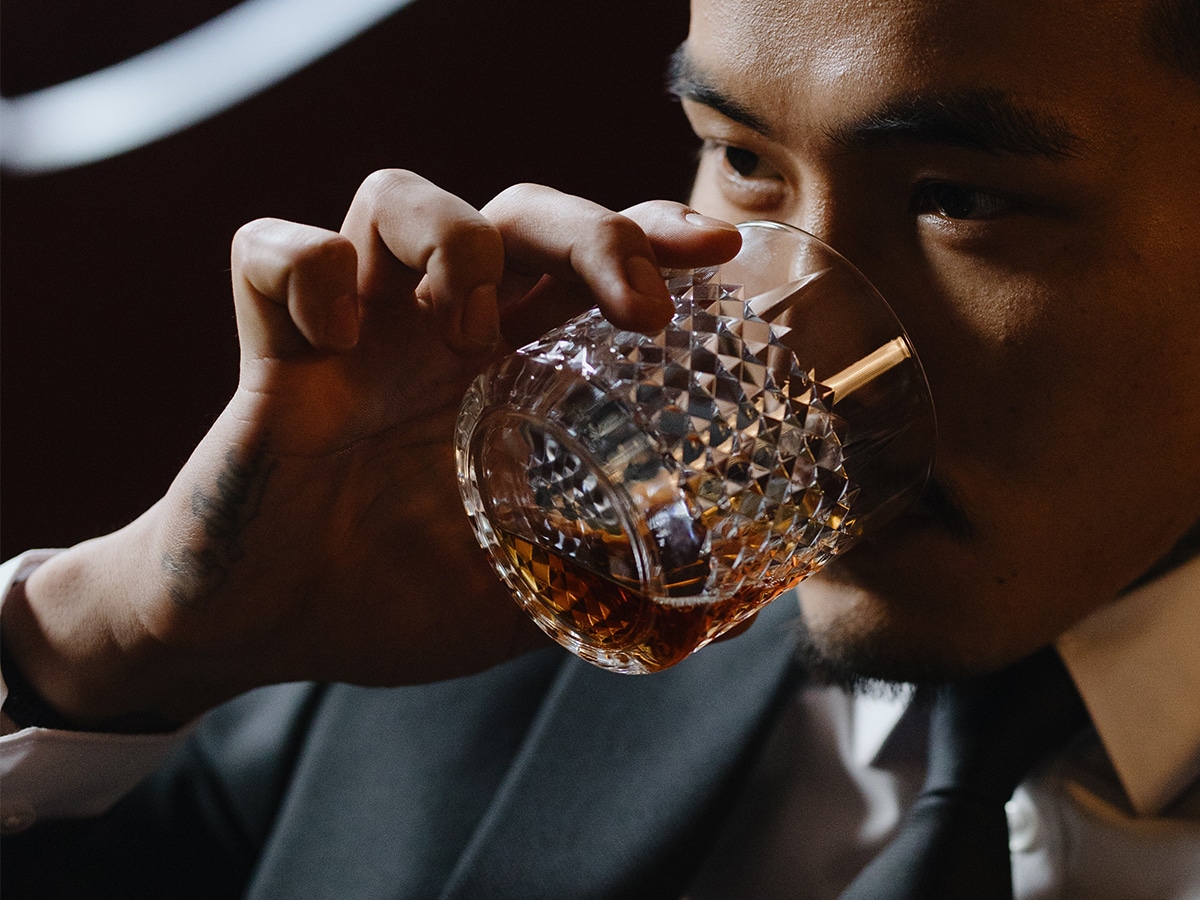
The Taste
Next comes the all-important taste. Start with a very small sip, moving the whisky around on your tongue and let it rest comfortably in your mouth for a second. Swallow the whisky to prep your palate for the liquid to come. As a general rule, the first taste is a throwaway. The heavy alcohol concentration can be a shock to the system, and it can often be difficult to decipher any flavour notes; however, as your mouth gets used to the viscosity, intensity and slow oxidation of the liquid, you’ll be better able to unpack the intricacies of the spirit.
During your next sip, hold the whisky on your tongue a little longer, and don’t be afraid to bring some air in from between your lips. As your palate gets used to the alcohol, more flavours will appear. Do you notice caramel, vanilla, fresh leather, cracked black pepper, or perhaps dried cherries or a hint of mint leaves?
Just like with the nose, there are no wrong answers. Just know that the more often you sample whisky, the better you’ll get at picking out the specific flavours the distillers and blenders intended.
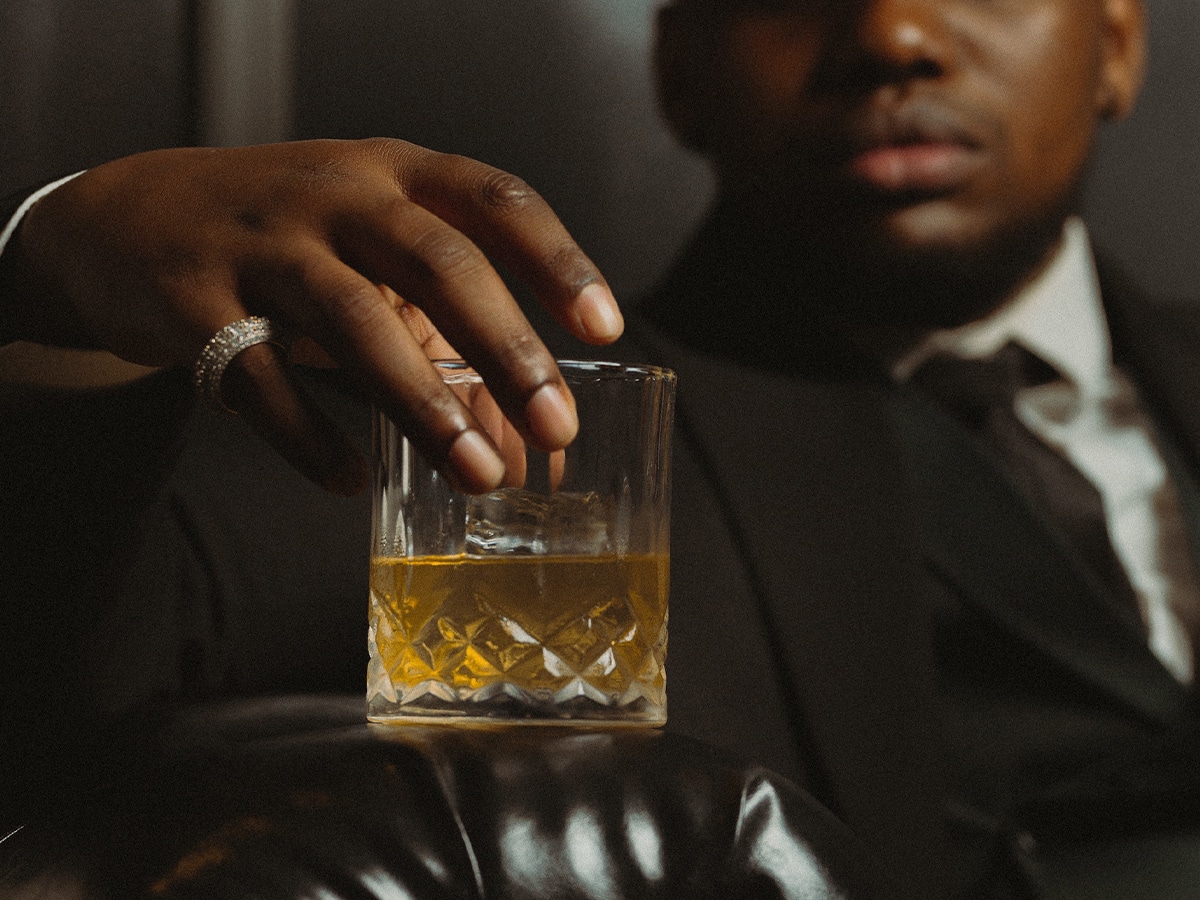
The Finish
After a long sip or when you’re finished, you’ll likely notice that the last sip ends with a warming (or downright hot) sensation that leaves you feeling satisfied. Think about the warming level, but also try to think of what flavours and mouthfeel you find on the finish. Is it dry? Does it end with a fruity sweetness? Maybe a little smoke (or a lot of smoke) in the case of peated single malt Scotch whisky? What are the last few flavours you notice?
For many whisky distillers, a long finish represents a spirit with great complexity. Lingering flavours are often viewed as the hallmark of great whisky, as they allow new and subtle nuances to emerge across the palate, leaving you with a pleasant taste long after the spirit has dissipated.
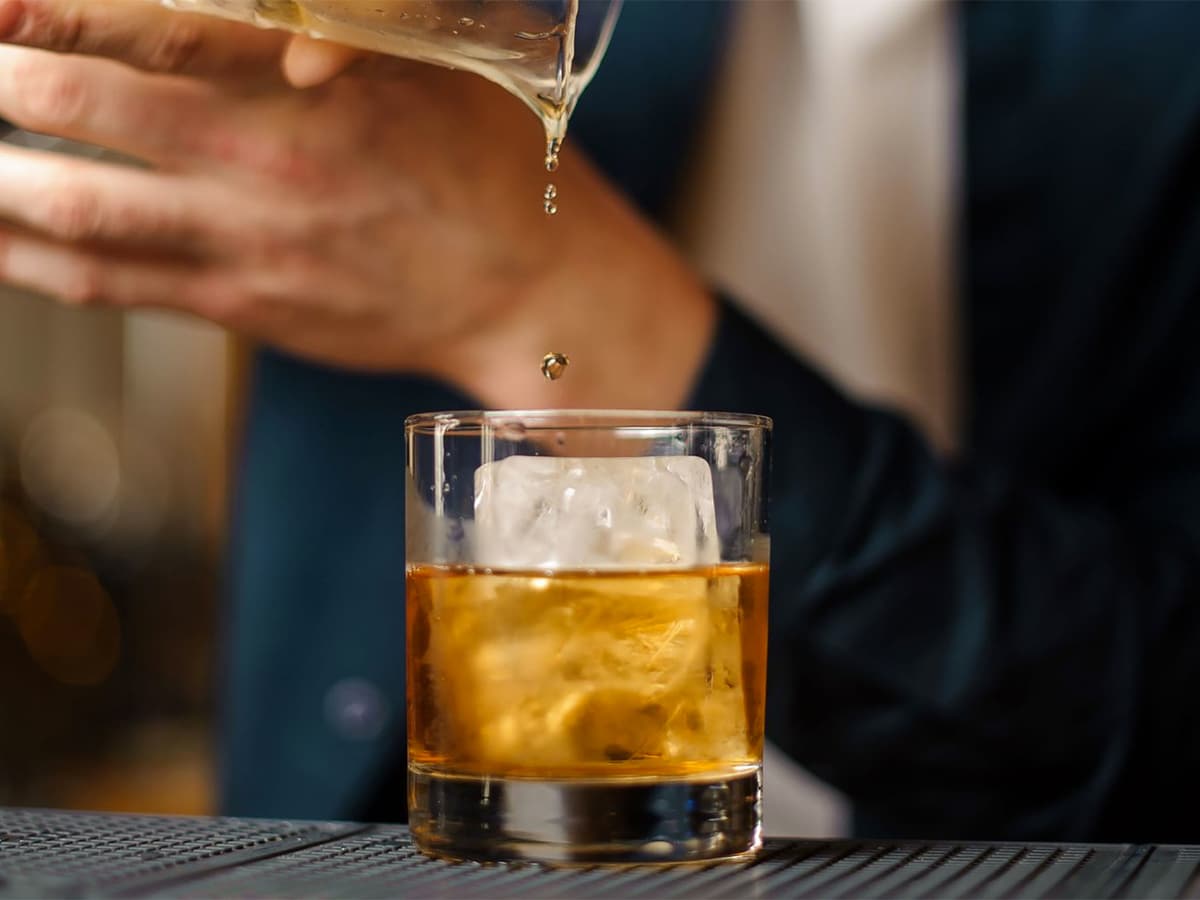
Add Water
You may have heard that adding water to whisky is a cardinal sin, but nothing could be further from the truth. In reality, adding water to a fine spirit can often be a significant advantage, allowing the liquid to shift from a molecular standpoint. After your initial tasting, add a few drops of water to your whisky to let it open up a bit more. This is especially important when tasting higher-proof, bottled-in-bond, and cask-strength whiskies.
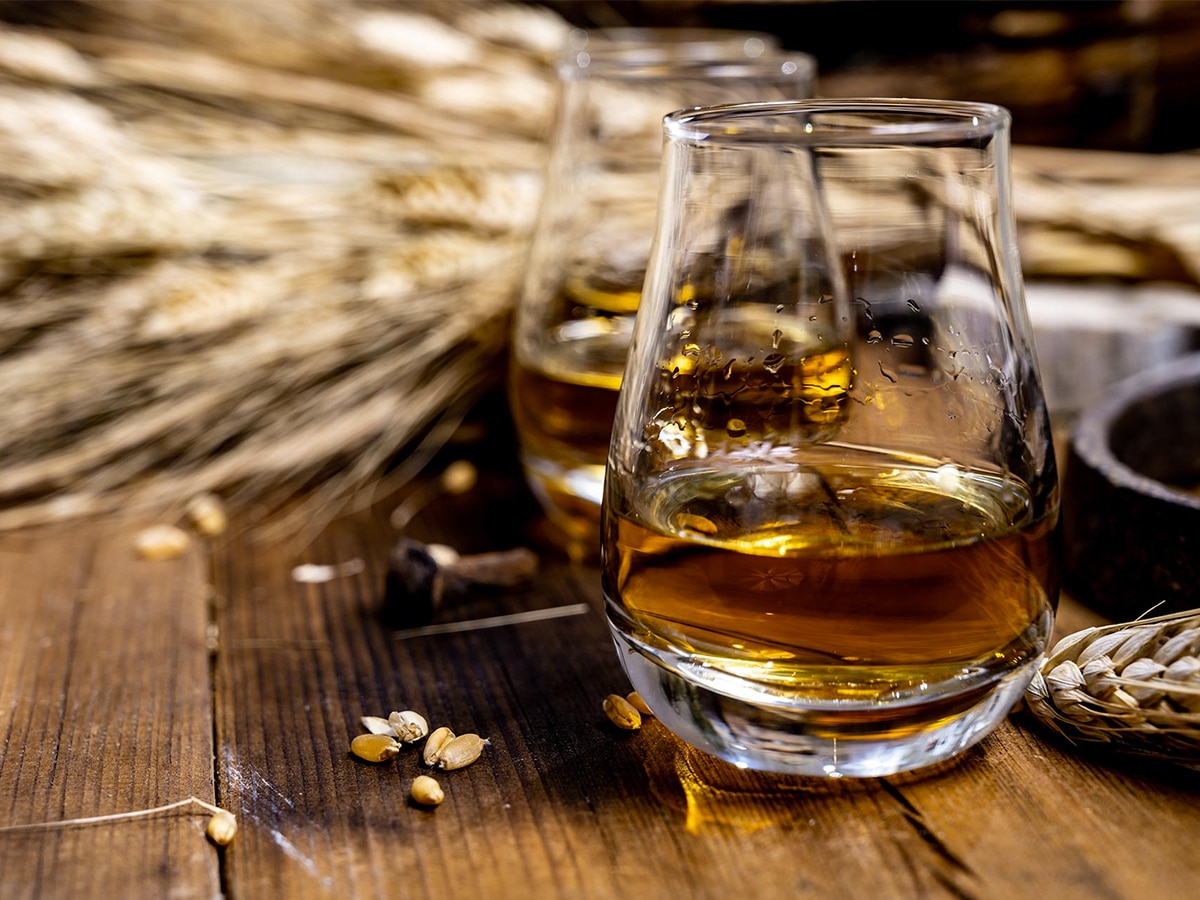
The Kentucky Chew
While simply tasting whisky is a lot of fun and can lead to a new appreciation of the spirit, some tasting techniques make the experience even more memorable. One of our favourites is “The Kentucky Chew,” and (you guessed it), it comes from Kentucky.
Created by Booker Noe, former master distiller at Jim Beam, it consists of taking a sip, swirling it around on your tongue (making sure it thoroughly coats the inside of your mouth), swallowing, and then immediately smacking your lips. You’ll be amazed at the flavours you notice from this simple, seemingly silly exercise. If you ever visit Jim Beam in Kentucky and get a chance to attend a bourbon tasting with Fred Noe (the current master distiller), he’ll absolutely do this technique.
Tasting Instead of Drinking
As we mentioned before, there’s a chance you’ve spent your adult life simply ‘throwing back’ whisky. And while there’s nothing wrong with that, if you’re reading this article, you’re looking for a way to get the maximum enjoyment out of your favourite spirit. Tasting requires patience and allows you to fully immerse both your sense of smell as well as taste. Some even use a spit bucket like with wine tastings, but we don’t like to waste good whisky and prefer to instead sip it slowly, a dram at a time.
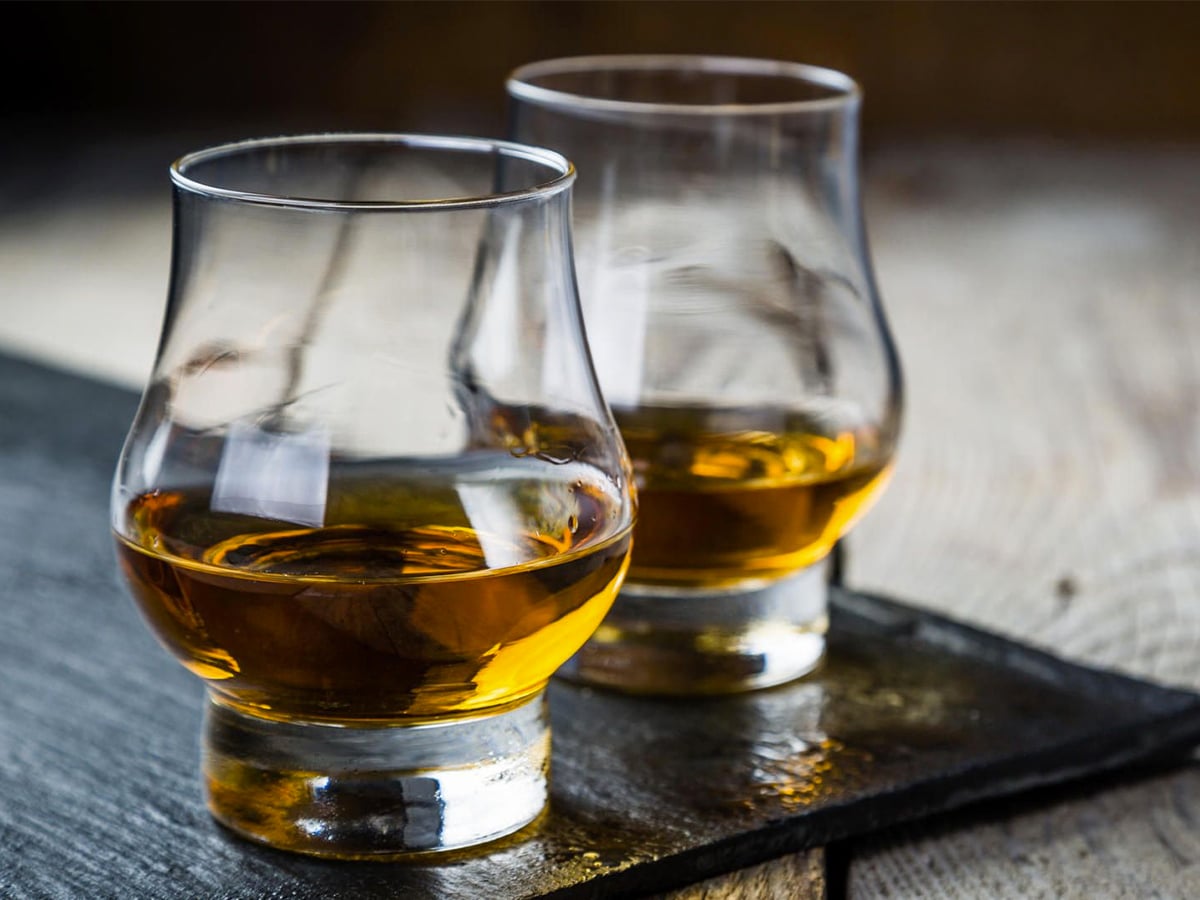
What’s a Dram?
If you’re not a seasoned whisky drinker, you might be wondering what exactly a dram is. Well, it’s certainly not a rocks glass filled to the brim with your bourbon, rye, or Australian whisky of choice. In the most basic terms, a dram of whisky is a small sample size. While there is no set standard of what a dram is, it’s usually around 25–35 millilitres or an eighth of a fluid ounce. All in all, it’s a decent amount if you’re trying to taste and sample a whisky as opposed to getting a buzz on.
Remember to Have Fun
Obviously, tasting whisky sounds very complicated, but it really isn’t. Take a few sniffs, sip and savour, and you’re on your way to tasting whisky the way professionals do. Just remember, it’s not all stuffy and uncomfortable; it’s supposed to be fun. Otherwise, why would you drink whisky in the first place?
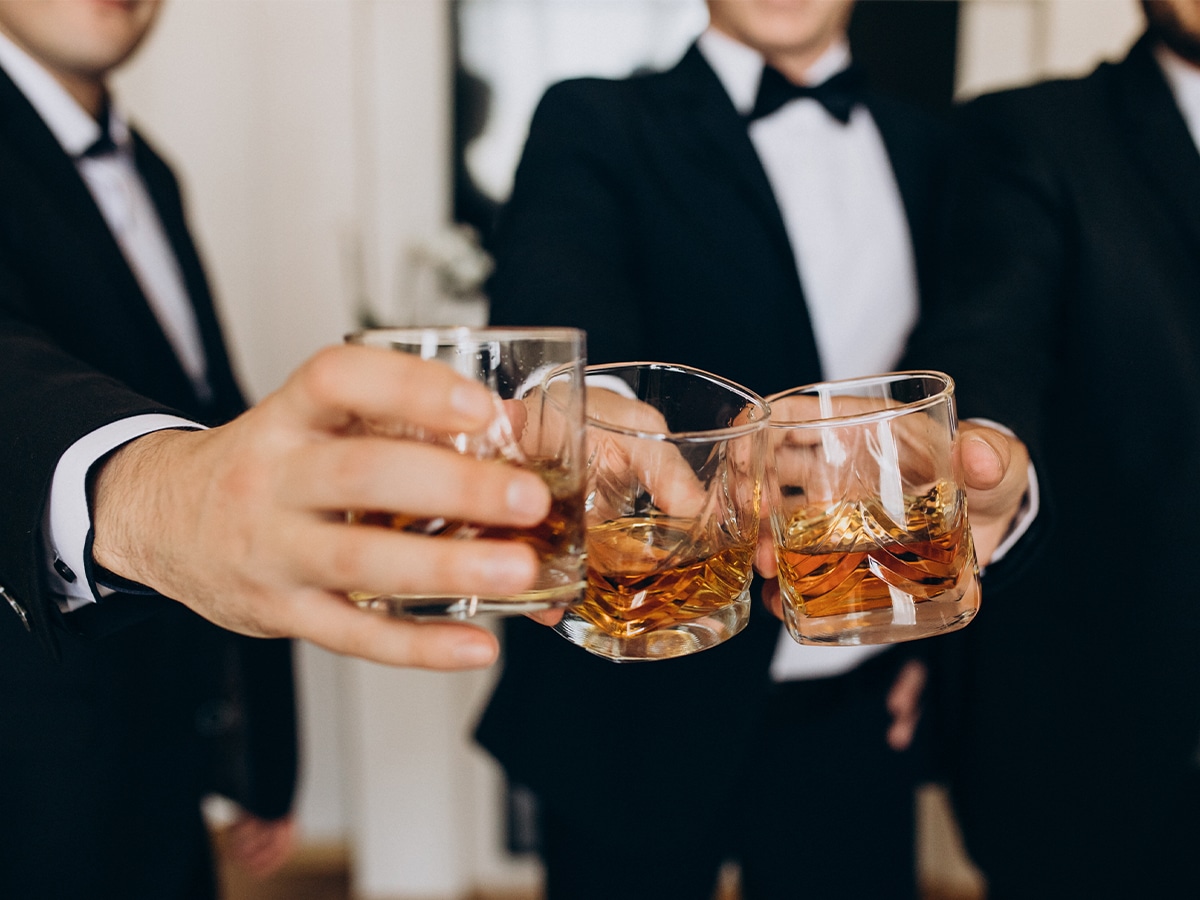
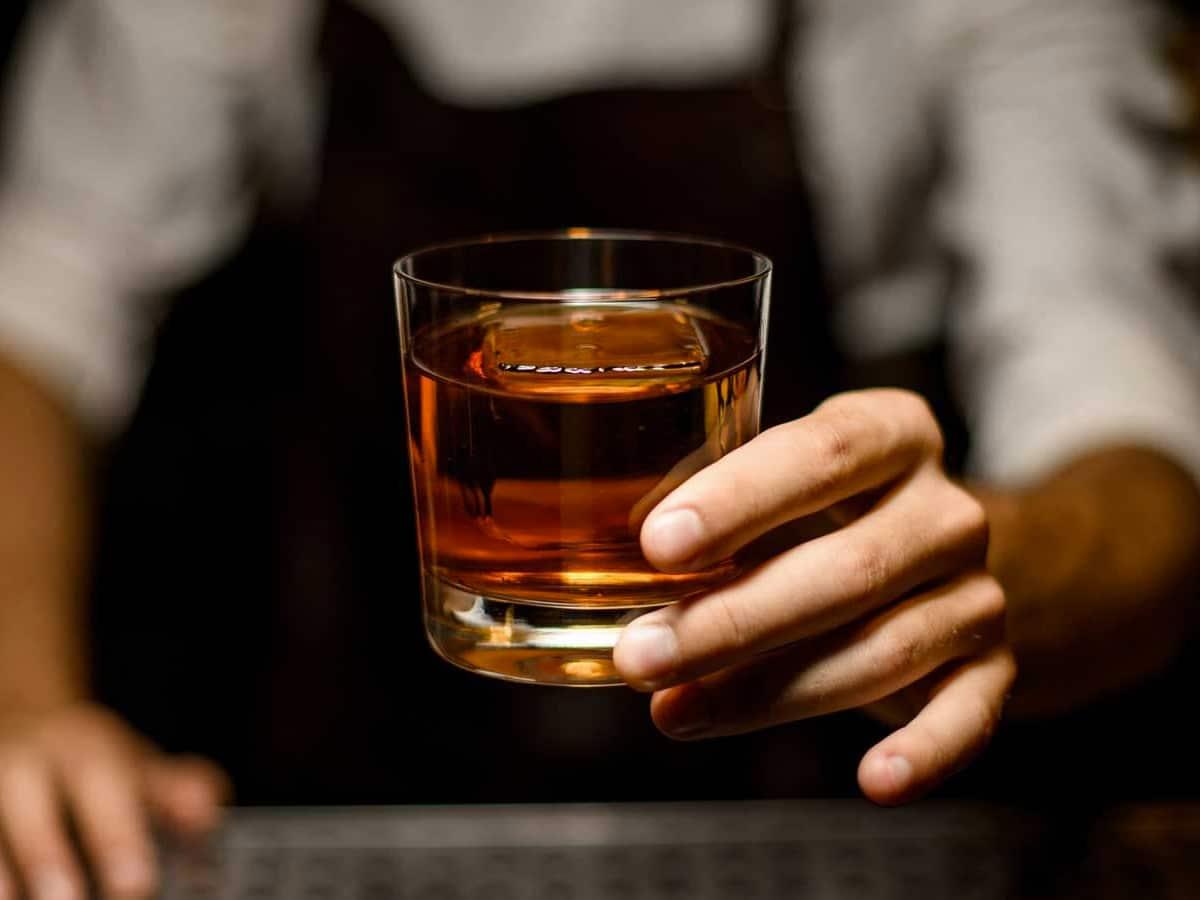





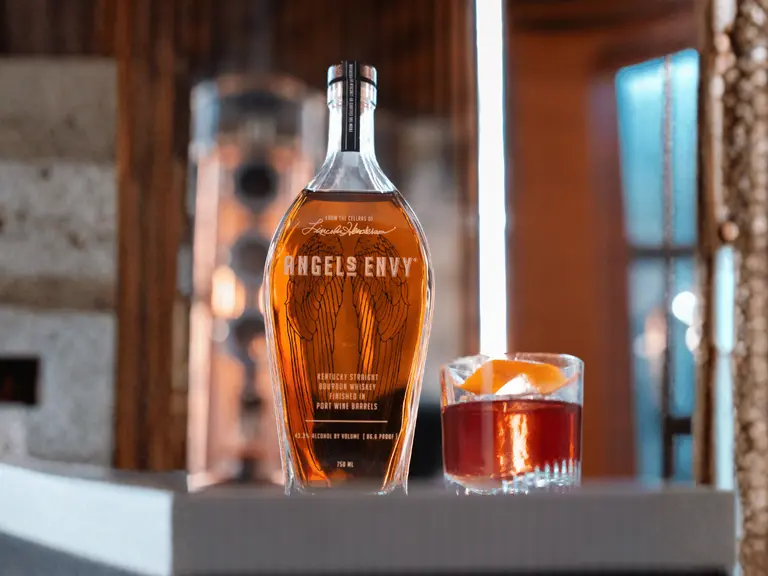














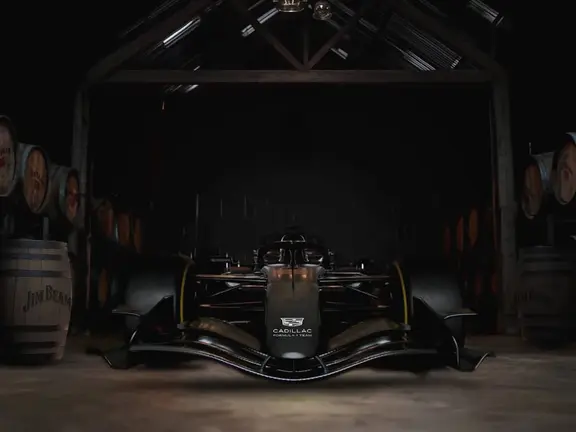

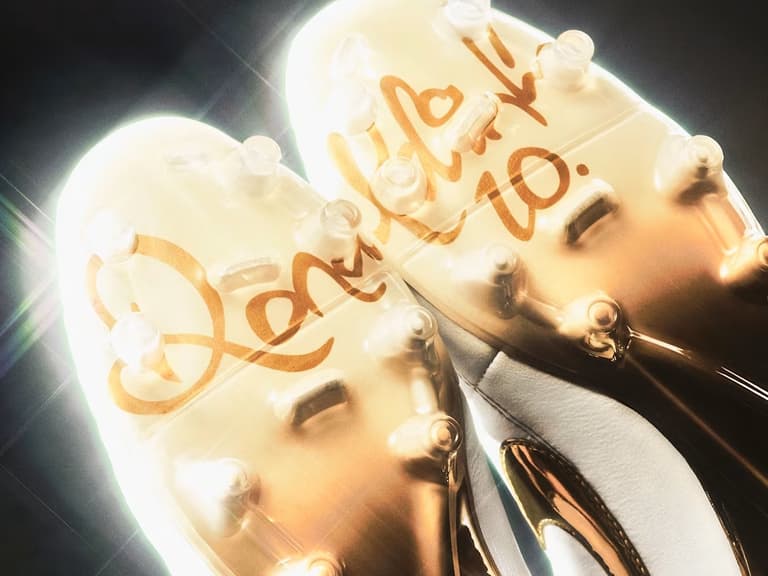






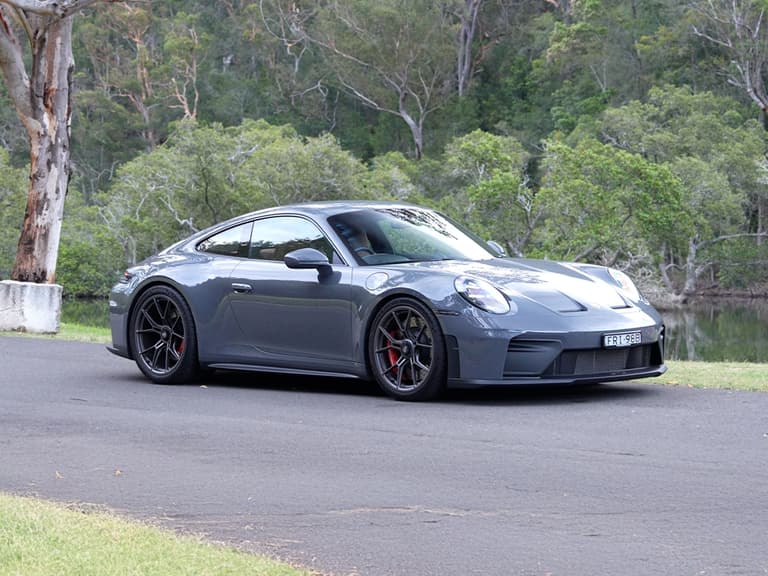
Comments
We love hearing from you. or to leave a comment.